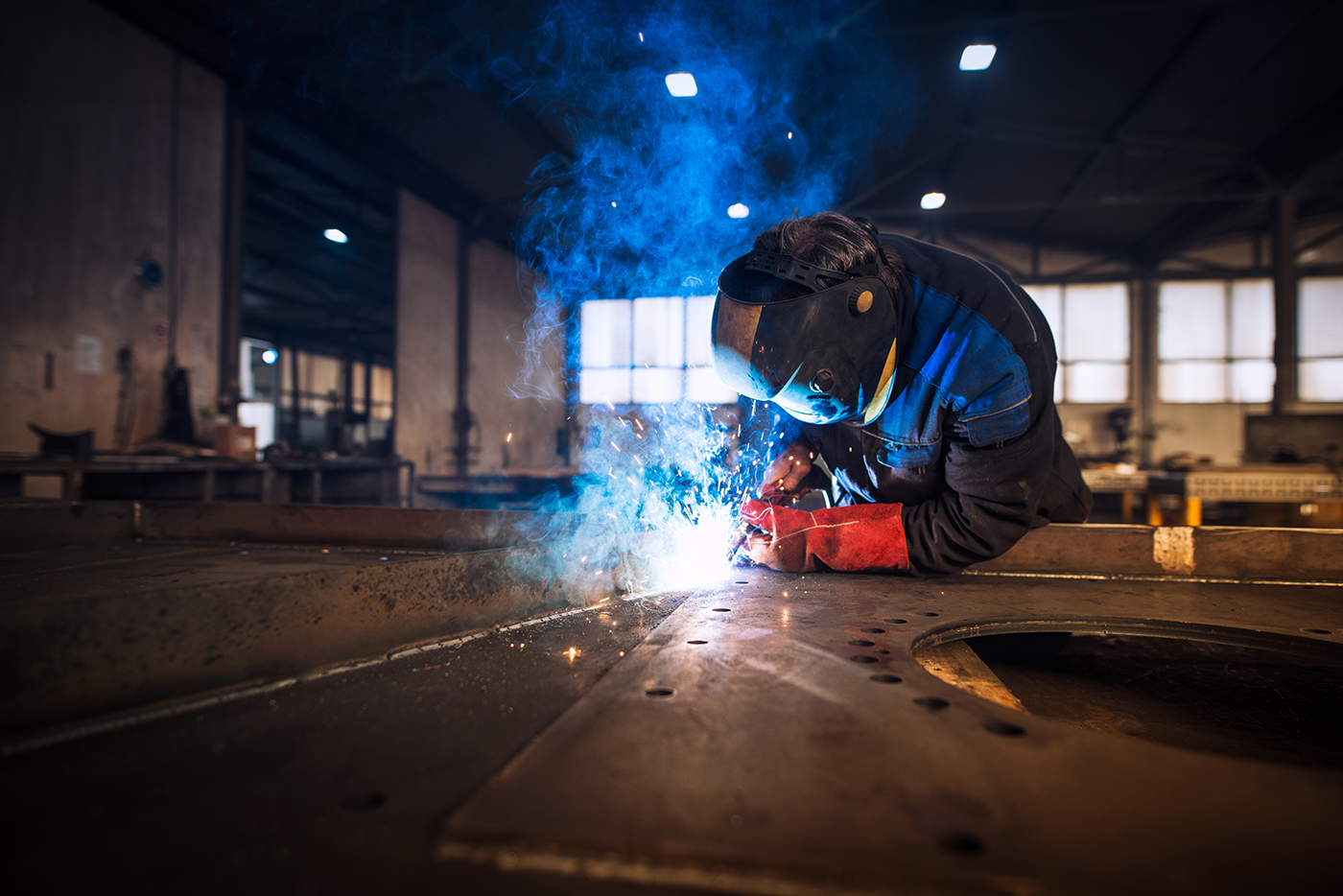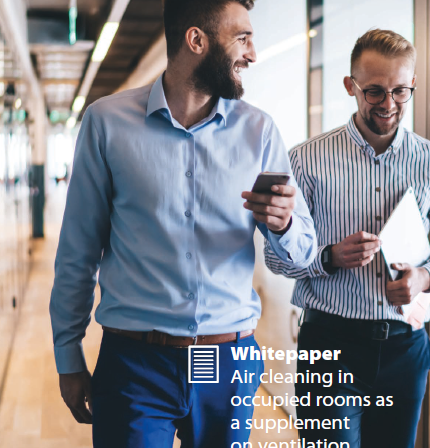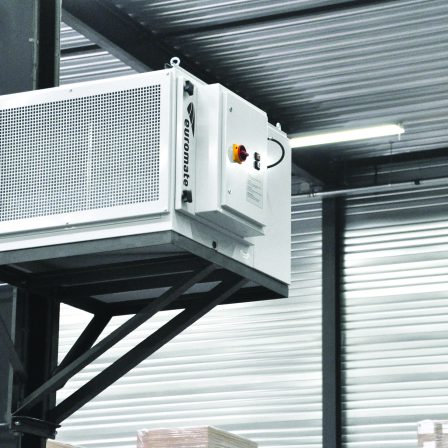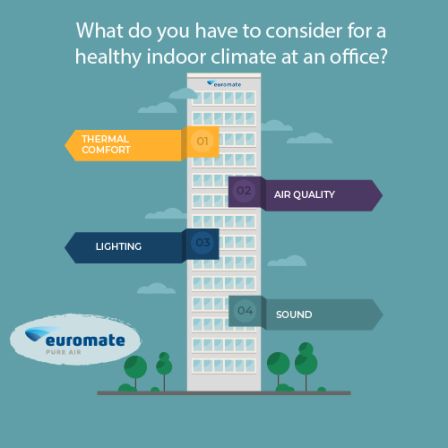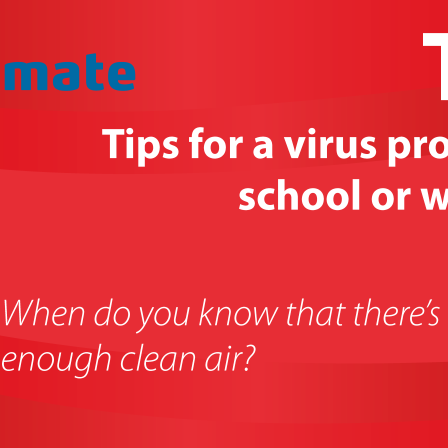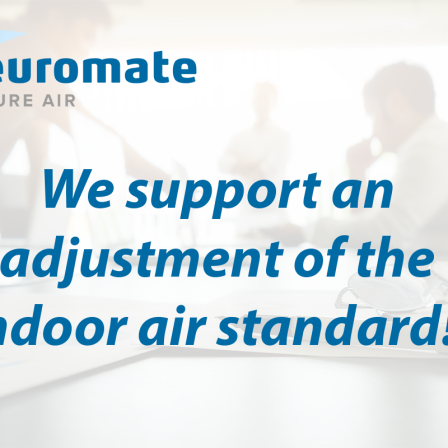Welding fumes are released whenever welding or related processes are carried out. Related processes include grinding, gouging, sanding and thermal cutting. The term welding fumes describes the mixture of gases, vapours and particles that are released by welding or related processes, some of which are toxic.
Common gases are helium (He), argon (Ar), ozone (O3), nitrogen oxides (NO, NO2), carbon oxides (CO, CO2) and, in some cases, phosgene. The particles and gases found in welding fumes are so small that they can easily penetrate the lungs when inhaled. Consequently, inhaling welding fumes can cause serious health complaints.
What are the consequences of welding fumes?
When employees are exposed to welding fumes, they run the risk of inhaling substances that can cause problems including damage to the airways, fertility problems and, in some cases, even cancer. It’s essential, therefore, to minimise exposure to welding fumes.
What does the law say about welding fumes?
The Dutch Working Conditions Act was amended in 2017 to put the focus on prevention and on the involvement of employees and employers. Both parties must now ensure that work is being carried out safely and in a healthy manner. It is estimated that some 400,000 people are exposed to welding fumes every day in the Netherlands.
The legal limit, previously known as the MAC (minimum alveolar concentration) value, for welding fumes is 1 mg/m³ in eight hours. That is to say that the average exposure to welding fumes must not exceed 1 mg/m³ in an eight-hour working day. Without the right measures in place, this limit can be exceeded quite quickly.
What can you do?
To prevent health complaints from occurring, it’s important to prevent yourself from being exposed to welding fumes as quickly as possible. You can do this by:
- Ensuring that indoor spaces have plenty of natural ventilation
- Fitting air cleaners in indoor spaces
- Removing paint, red lead and grease residues before welding
- Wearing respiratory protection, the most common of which includes a welding visor, dust mask and excess pressure helmet
How is exposure assessed?
The ‘Verbetercheck Lasrook’ product from the company ‘5x beter’ is a digital instrument that allows you to assess exposure to welding fumes. It works like a traffic light model, with green meaning safe exposure and red activating an action plan with recommendations. The Verbetercheck Lasrook is Arbo (occupational health and safety) catalogue positive rated by the Social Affairs and Employment (SZW) Inspectorate (previously the Labour Inspectorate).(https://www.5xbeter.nl/lasrook/survey/intro.web)
